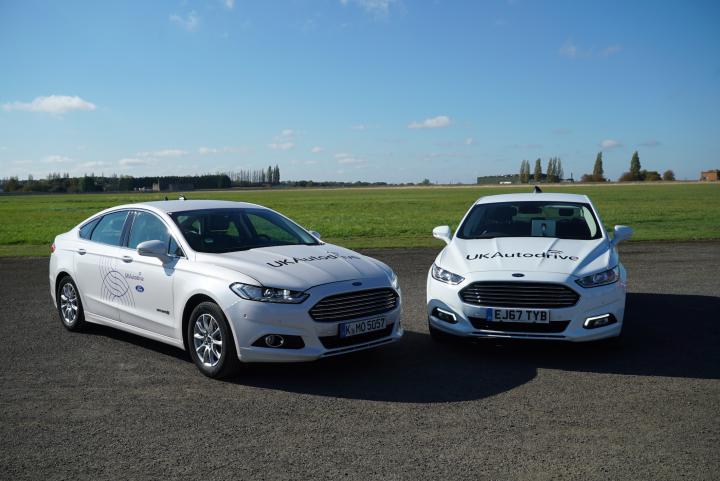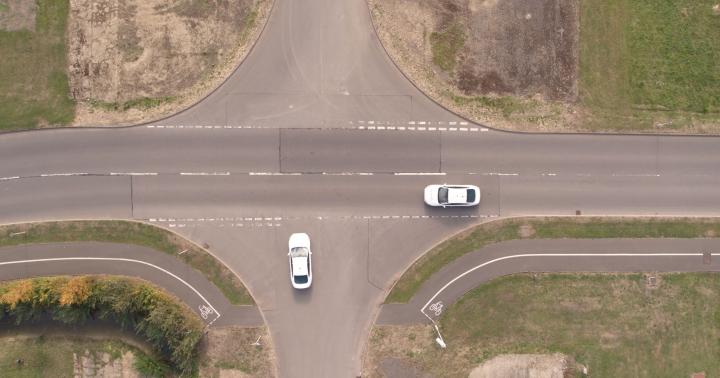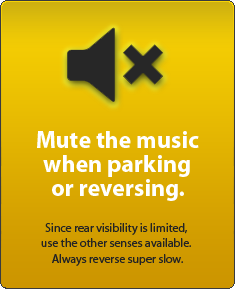News
Ford demos connected car tech for signal-free junctions
Ford has demonstrated a connected car technology that is expected to avoid vehicles coming to a halt at intersections improving road efficiency as well as safety. The system takes inspiration from pedestrians negotiating crowded areas by slowing down or speeding up to reduce collisions, while not stopping completely.
Called as the Intersection Priority Management, the system co-ordinates with other vehicles nearby using vehicle-to-vehicle (V2V) communication and suggests a speed that will allow the cars to pass each other safely without coming to a halt. While the vehicles under trial have drivers behind the wheel, the system could be incorporated into future autonomous vehicles as well. It could potentially eliminate the need for traffic lights or road signs.
As part of the trial, the technology demonstrated include Intersection Collision Warning and Green Light Optimal Speed Advisory (GLOSA). The former warns drivers of potential collisions at intersections while the later helps cars to synchronize with nearby traffic signals to reduce getting stuck at red lights. Other features demonstrated include Collaborative Parking, which uses a crowd-sourced map of available parking space, and Emergency Vehicle Warning, where motorists are notified of the location as well as the distance of an approaching emergency vehicle.
According to Ford, the average driver spends two days waiting at traffic lights. Further, up to 60% of road traffic accidents were caused at junctions. The technology aims to not only save time, but also the fuel consumed. The technology was showcased on the streets of Milton Keys under the UK government’s Autodrive program.






















